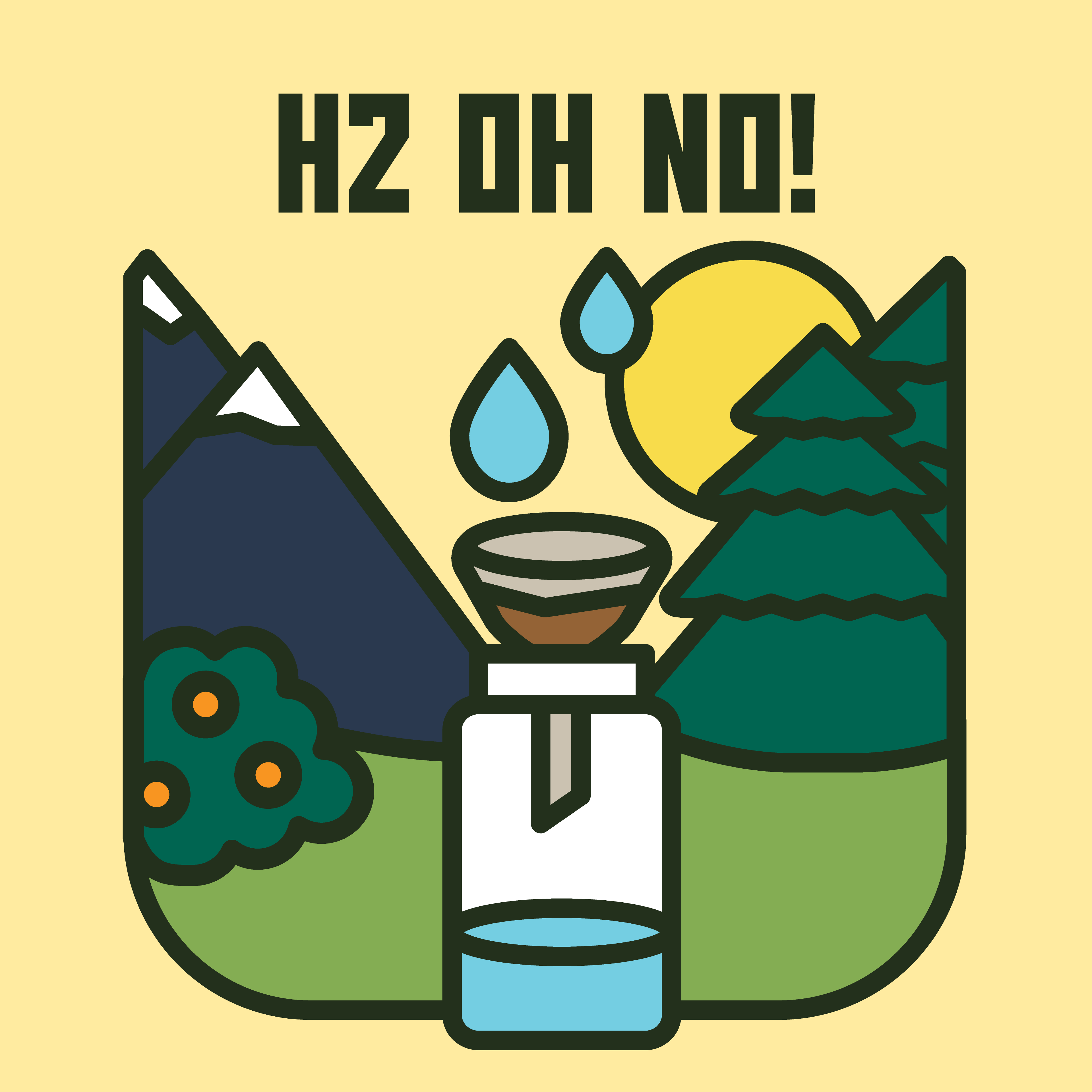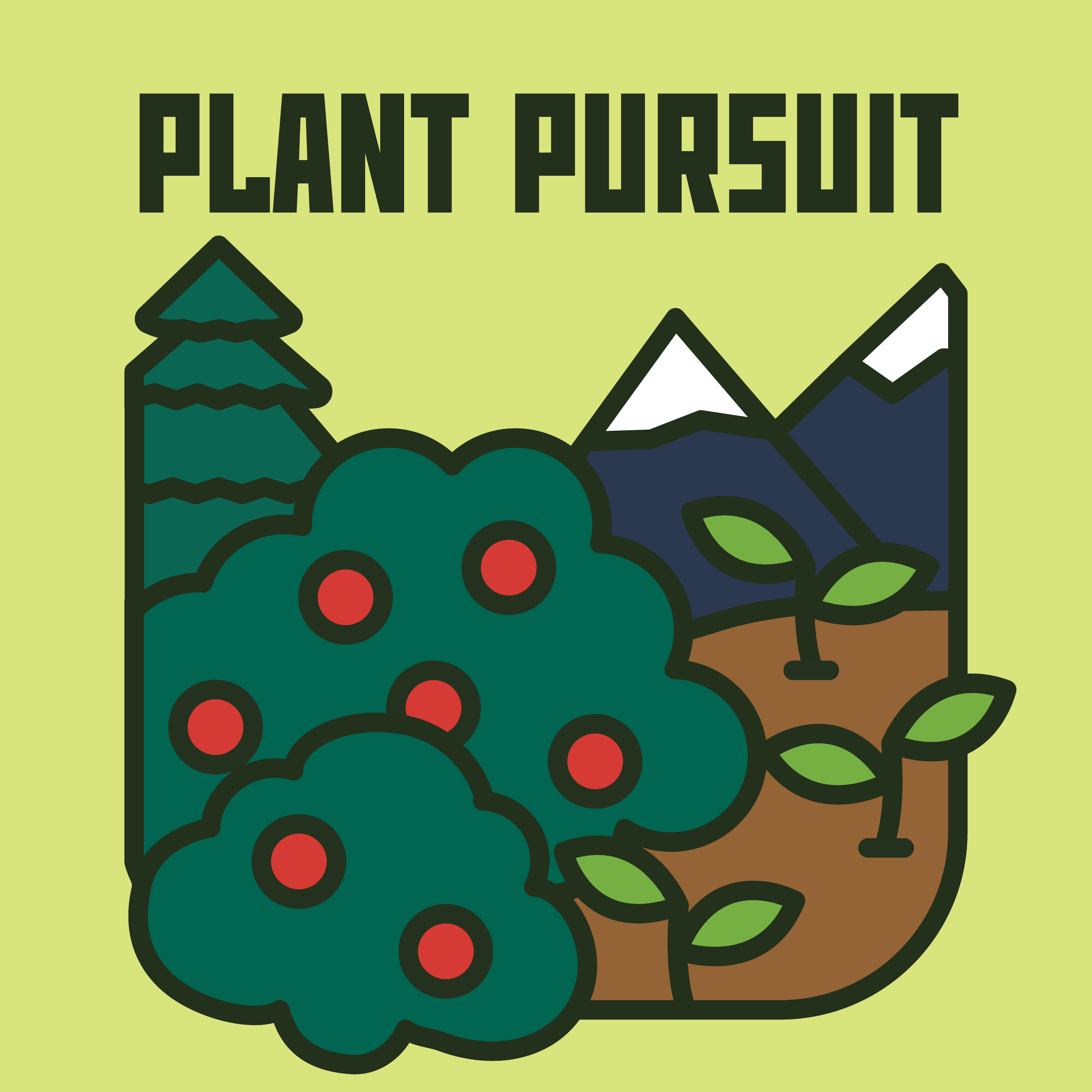Help is not going to be able to get to you for a number of days. You need water!
Build a Solar Still and try filtering water. Try out different chemical purifiers.
To keep busy while you are waiting try out some Magic Campfire lighting.
Per Patrol
•Water
•Chemical or mechanical purifiers (water pump, iodine, commercial purifiers, etc.)
•Shovels (and an area to dig)
•Clear plastic sheeting
•Large rocks to weigh down the sheeting
•Small stone
•Container to catch water
If local regulations allow you to light a fire, you can also use basic fire lighting supplies (tinder, kindling, etc). Try lighting your fire using things other than matches, like a magnifying glass, a flint and steel striker, etc.

























